Winter tourists urged to respect wildlife
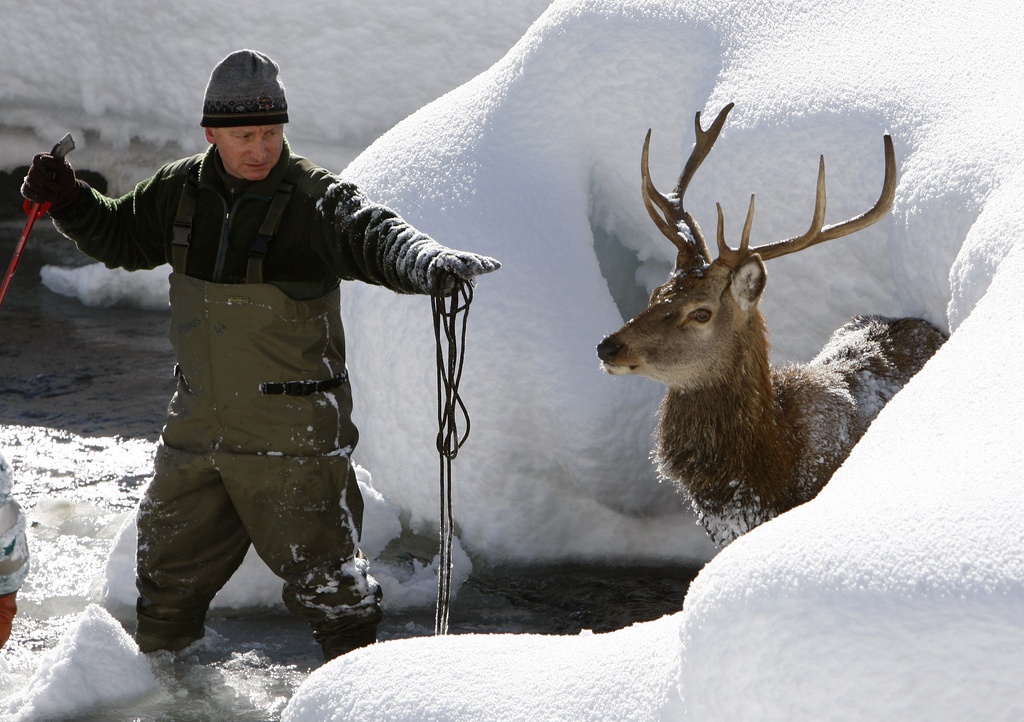
The increasing popularity of such winter sports as free-ride snowboarding or snowshoe walking is threatening the survival of wild animals in mountain regions.
The federal authorities have joined forces with environmental groups and the tourism and transport sectors for an awareness campaign that could be extended across the entire European alpine region.
Andres Overturf, who works as a ranger in central Switzerland, refuses to point the finger at a specific category of potential culprits. He says it is both skiers and snowboarders, as well as people who go on ski tours and cross-country hikers on snowshoes who are to blame.
Overturf told swissinfo.ch that it is the unpredictable behaviour of humans which is the main difficulty for the wildlife population.
“Animals can get used to human presence off-piste but only if people stick to the same routes and zones,” he explained. But they risk losing their crucial space for retreat as soon as tourists crisscross the countryside as they please.
The instinctive reaction of an animal is to flee when approached by a human. It requires a lot of physical energy to run away through high snow and freezing temperatures.
“Added to this is food scarcity and often there is not enough time to rest because of the stress.”
Some animals, notably red deer, switch to a hibernation-like status to save energy. “They lower their body temperature, but only if they are not disturbed,” said Overturf.
Exhaustion
Wild animals cannot cope with too many interruptions over a short period of time.
“They do not recover sufficiently and fail to reproduce after a hard winter or they starve to death or die as a result of exhaustion,” he warned.
He wants to see sanctuaries created for certain species to ensure their survival for the next decade.
The wood grouse is a case in point according to Overturf. The bird used to live across the Jura region and in the Alps. But due to a lack of undergrowth in the increasingly dark forests they lost their habitat.
Considerable financial resources have been invested by the federal authorities to improve the conditions.
“These efforts only really make sense if rangers can see to it that the wood grouse have their safe havens in winter,” he says.
Campaign
The Federal Environment Office and the Swiss Alpine Club have launched a campaign to draw attention to the needs wildlife animals during the winter season.
It appeals to people to respect the following four rules: To keep out of specially marked zones for animals; to keep to the footpaths in the forests so animals have a chance to get used to humans; to stay clear of snow-free spots near the edges of forests and to put dogs on a leash when walking through the wintry countryside.
However, there are considerable differences as to how the protective measures are implemented and how violations of the rules are treated in different regions of the country.
Cooperation
Overturf pointed out that the Graubünden authorities have enshrined safe havens for animals in the cantonal law, while the central canton of Schwyz lags behind.
“We can fine perpetrators who enter certain protected areas, but here in canton Schwyz there are no safe havens as such,” he said.
The awareness campaign is a joint effort by environmental and nature conservation groups, as well as hunters, sports organisations and the tourism industry.
The cooperation with tourist officials and mountain transport operators appears to be successful in major winter sports resorts, according to Overturf.
In Schwyz, a smaller lower-lying alpine region, the main challenge is not so much cable car and ski-lift operators but people who go on ski tours and those using snowshoes for their cross-country rambles.
However, Overturf said the tourist authorities in Schwyz have been very helpful.
The nationwide campaign has been coordinated with neighbouring Austria. There are also plans to extend it to other alpine countries.
Jean-Michel Berthoud, swissinfo.ch (adapted from German by Urs Geiser)
The long and harsh winter of 2008/2009 was one of the deadliest for wind animal populations in Switzerland in recent years.
More than 23,000 roe, red and sika deer, chamois and ibex were found dead according to the Federal Environment Office.
The authorities said many animals died of weakness because they could not access food or they were often disturbed by snowshoe walkers and off-piste skiers.

In compliance with the JTI standards
More: SWI swissinfo.ch certified by the Journalism Trust Initiative

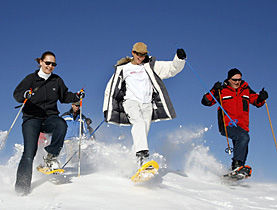

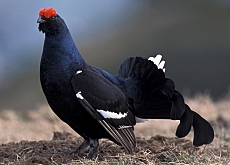
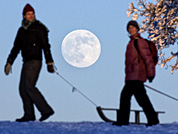
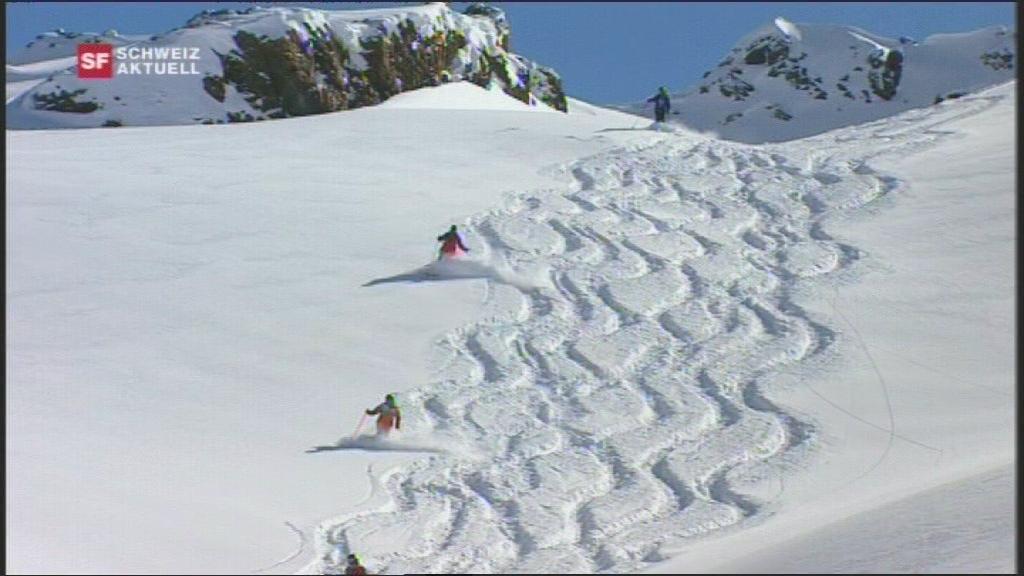
You can find an overview of ongoing debates with our journalists here. Please join us!
If you want to start a conversation about a topic raised in this article or want to report factual errors, email us at english@swissinfo.ch.